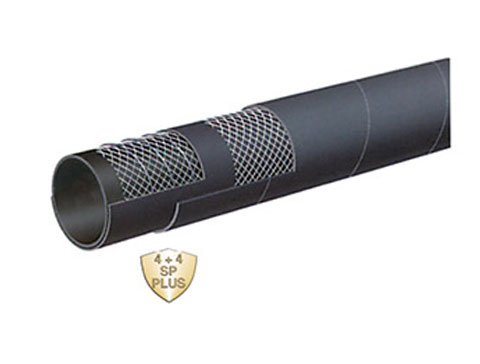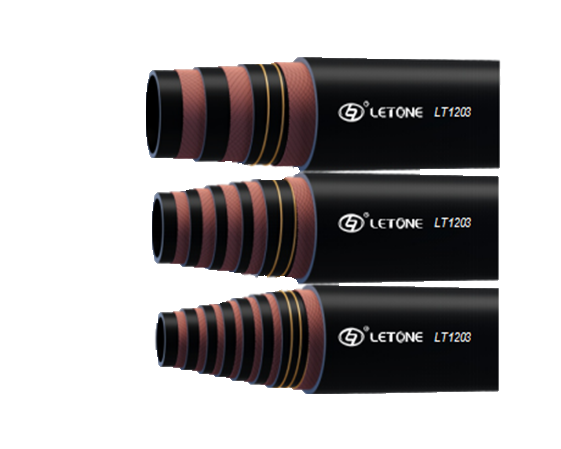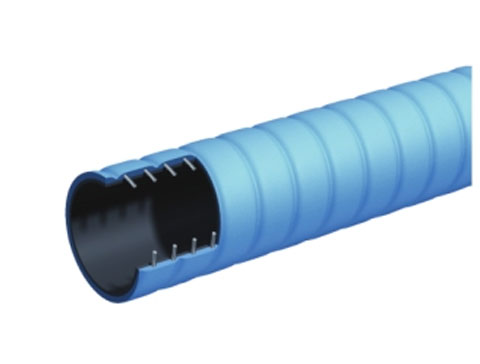Explore the fluid connection lines and various hydraulic hoses of hydraulic equipment: a comprehensive guide
release date:2024-07-30 11:19:27
reading volume:
share:
Hydraulic equipment plays a key role in modern industry. Its fluid connection lines and hydraulic hose assemblies, as core components, directly determine the performance and reliability of the equipment. This article will comprehensively and in-depth explore the specific content and application of various hydraulic equipment fluid connection lines, hydraulic hose assemblies, beer pipes and hydraulic pipes.
Basic principles of hydraulic systems
Before exploring hydraulic pipes, it is necessary to understand the basic principles of hydraulic systems. The hydraulic system uses the incompressibility of liquids and the ability of liquids to transmit pressure under pressure to achieve mechanical energy conversion by transmitting hydraulic energy. Simply put, the hydraulic system presses the liquid into the hydraulic pipeline through a pump, and the flow of liquid drives the actuator to achieve the specified action, thereby performing different mechanical operations. Hydraulic hose assembly The hydraulic hose assembly is an important component of the hydraulic system. Its main function is to serve as a transmission medium for liquids, while having a certain degree of flexibility and pressure bearing capacity. The selection, specification and performance of the hydraulic hose assembly are directly related to the operating efficiency and failure rate of the equipment. Inner and outer layer design - Inner layer: needs to be resistant to hydraulic oil, high temperature and high pressure, usually made of synthetic rubber or nylon; - Outer layer: needs to be resistant to wear, aging and corrosion, usually made of polyurethane, PVC or braided metal.
Comprehensive classification of hydraulic pipes
There are many types of hydraulic pipes. In addition to the commonly used hydraulic steel pipes and hydraulic hoses, there are also the following categories: 1. High-pressure hydraulic pipes - High-pressure hydraulic pipes are suitable for high-pressure environments and are commonly used in construction machinery, engineering machinery and high-pressure systems. They are usually composed of multiple layers of steel wire braiding or winding reinforcement layers to improve pressure resistance. 2. Low-pressure hydraulic pipes - Low-pressure hydraulic pipes are suitable for relatively low-pressure hydraulic systems, such as agricultural machinery and light industrial equipment. The material is relatively soft and flexible, and is often composed of fiber braided reinforcement layers. 3. Thermoplastic hydraulic pipe - Made of thermoplastic material, it has excellent chemical resistance and wear resistance, suitable for use in corrosive environments, and is widely used in agricultural machinery, chemical equipment and mobile equipment. 4. Ultra-high pressure hydraulic pipe - Ultra-high pressure hydraulic pipes withstand higher pressures and are often used in fields such as water jet cutting and ultra-high pressure cleaning equipment. They are usually wound with multiple layers of steel wire to ensure safety and reliability under ultra-high pressure. Through the above comprehensive introduction, I believe that everyone has a deeper understanding of hydraulic equipment fluid connection pipelines and hydraulic hose assemblies. These key components are essential for the efficient and safe operation of hydraulic systems. Choosing the right pipe material, reasonable maintenance and installation specifications are the core elements to ensure the performance and service life of the hydraulic system.
Previous:








